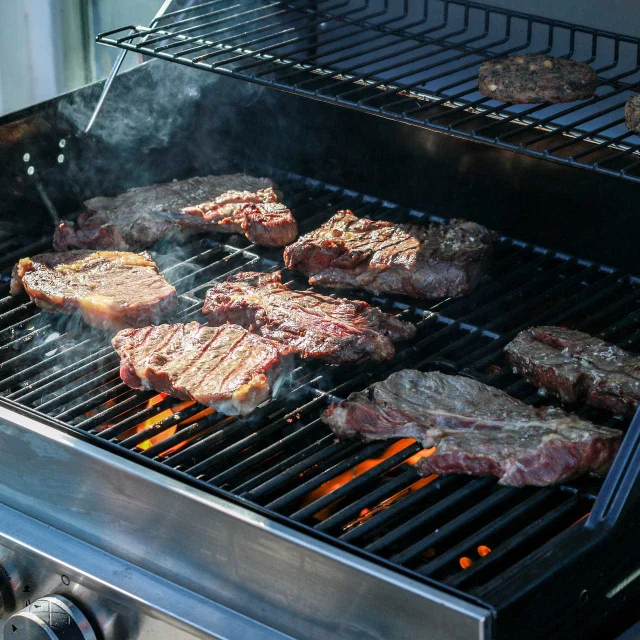Preventing fires in Provence-Alpes-Côte d’Azur
A major challenge for our territory
With 4 national parks, 9 natural regional parks and a number of other natural protected areas, Provence-Alpes-Côte d’Azur is a natural setting. Like other territories, it is vulnerable to fire risk and forest fires, especially in summer: with 51% of its surface area occupied by forests (mainly made up of white oak, Scotch and Aleppo pine,) it is the second most forest-covered region in France. Among the risk factors are drought, temperature and wind, which all have an impact on the sensitivity to fire and its spreading. In the Sud region, the Office National des Forêts and the Garde Régionale Forestière carry out crucial prevention work in the field.
The consequences of forest fires are very heavy:
- Impact on people and possessions
- Impact on air quality: wood fumes can cause damage to lung function.
- A devastating effect on animals and plants in natural areas: only large mammals and some birds manage to flee as the fire approaches.
 Panoramic view of La Colmiane valley in the Alpes-Maritimes
Panoramic view of La Colmiane valley in the Alpes-Maritimes


